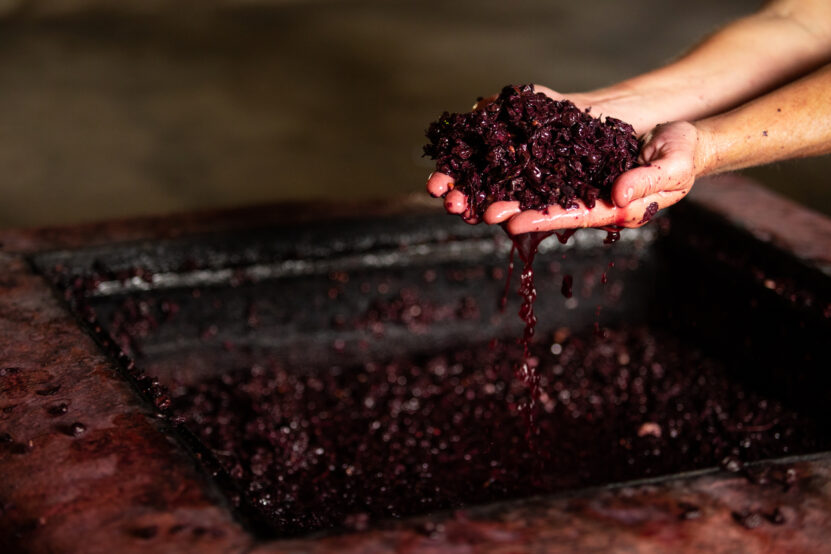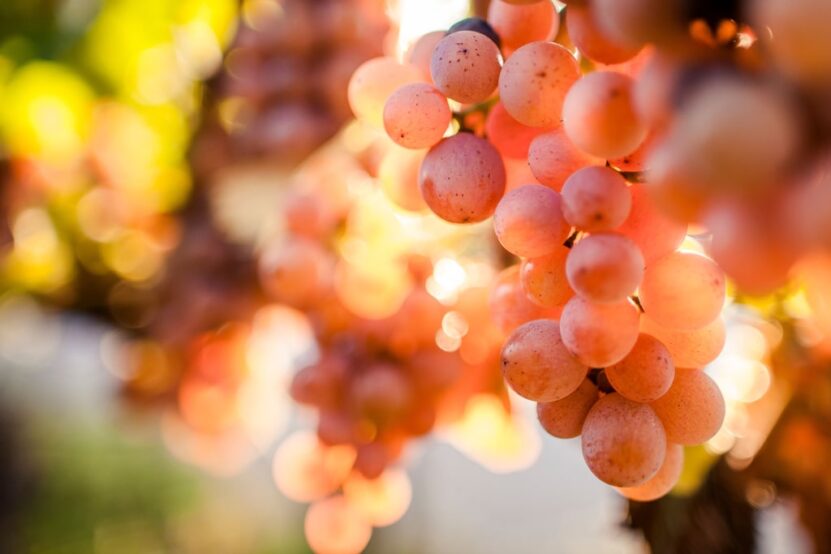Rosé, the French word for “pink,” is as diverse and sophisticated as it is refreshing. The journey of rosé wine, from vineyard to glass, is an enticing story as vibrant as its color. It represents a paradox in the wine world – it’s not quite red, not quite white, but nestles comfortably in the middle, offering the best of both. While often seen as a light summer drink, the world of rosé is vast and full of surprises, offering an experience that goes far beyond just the warmer months.
Rosé wines encapsulate a unique niche in the global culture. They are made with red grapes, but the making process gives them their distinct blush. The winemaking approach contributes to its inherent charm, balancing the weight of red wine and the freshness of white, creating an enigmatic concoction full of fruity, floral, and spicy notes. So while rosé may seem simple due to its easy-drinking nature, the intricacies behind its creation are what make this wine from resfortes.com truly remarkable and appealing for a rose wine subscription.
Production Process: Methods and Variations

Understanding rosé requires delving into the methods that create its signature hue and flavor profile. The most common method is ‘skin contact’ or ‘maceration.’ Red grape skins are left in contact with the juice for a short period, often for a few hours to a few days. The longer the skins are left in, the darker the wine will be. Once the desired color is achieved, the skins are discarded, and the juice is fermented, similar to white wine.
Another technique is the ‘Saignée‘ or ‘bleeding’ method, typically a byproduct of red wine production. After a short period of maceration, a portion of the pink juice is ‘bled off’ and fermented separately to produce rosé. This method generally results in richer, darker wines as it begins as a process to concentrate red wines. The remaining technique, though less common, is blending. Here, a small amount of red is blended with white to achieve the pink color. This method is rarely used, except in Champagne, where it produces prestigious Champagnes.
Understanding Colors: Shades and Influencing Factors
From pale, delicate pink to vibrant, deep salmon, the color palette of rosé is a direct result of its production process. The length of skin contact, the grape variety used, and the winemaking decisions all play critical roles in the final color of the rosé.
Pale, blush-colored beverages often indicate a shorter maceration period and tend to be lighter and drier in style. As the color intensifies, reaching hues of raspberry and cherry, you’ll find rosés with more body and pronounced red fruit flavors. However, color is not always a definitive indicator of flavor – there are always exceptions to the rule, which is part of the adventure of exploring wines.
Rosés from warmer climates often exhibit deeper colors due to higher grape maturity and longer maceration times. Conversely, cooler-climate wines may be paler due to shorter skin contact and lower grape ripeness. In addition to the climate and production techniques, the particular grape variety used can also influence the color and flavor profile.
Popular Grape Varieties: Exploring Different Flavors

Globally, rosé is produced using a multitude of grape varieties, each imparting its distinctive characteristics. In the Provence region of France, often seen as the birthplace of rosé, Grenache, Cinsault, Mourvèdre, and Syrah are commonly used. These grape varieties contribute to the classic Provençal style – pale in color, dry, with delicate flavors of red fruit, citrus, and herbs.
In Italy, wines known as Rosato are primarily made from Sangiovese or Montepulciano, while Spanish Rosados often use Garnacha or Tempranillo. In the New World regions such as the United States and Australia, Zinfandel, and Shiraz have become popular choices for rosé. Each variety provides unique flavor attributes, from the ripe red fruits of Grenache-based rosés to the savory complexity of Mourvèdre and the dark berry intensity of Shiraz rosés.
Tasting and Evaluating: A Guide to Sensory Analysis
To fully appreciate this wine, we must immerse ourselves in sensory evaluation – a multi-dimensional exploration of sight, smell, and taste. Start by observing the color and clarity. As we learned earlier, the color of rosé can provide insights into the grape variety, production method, and even the climate of the vineyard.
Next, swirl the wine gently in your glass to release its aromas. Rosés are known for their aromatic intensity, offering a bouquet that ranges from fresh strawberries, cherries, and raspberries to citrus, melon, and floral notes. You may also detect hints of spices, herbs, or minerals, depending on the grape variety and terroir.
Finally, take a sip and savor the flavors. These wines can range from bone-dry to sweet, light-bodied to full, and subtly complex to boldly intense. Pay attention to the acidity, a key component that gives rosé its refreshing quality. Also, notice the finish – the impression the wine leaves after swallowing. A longer finish often indicates a higher-quality wine. The beauty of tasting rosé lies in its surprising complexity hidden beneath its unassuming, refreshing façade.
Food Pairing with Wine: Enhancing the Dining Experience

Delicate, dry wines, like those from Provence, pair beautifully with light dishes such as fresh salads, grilled fish, and chicken. The acidity and subtle fruit flavors complement these dishes without overpowering them. For richer foods like barbecued meats or spicy cuisines like Thai or Mexican, opt for a fuller-bodied rosé. The intense fruit flavors and heavier structure of these rosés can stand up to these robust dishes.
Remember, the ultimate goal of food and wine pairing is balance. The wine and the food should enhance each other, not overshadow them. The wide flavor spectrum of rosés offers endless pairing possibilities, allowing you to get creative and adventurous in your culinary explorations.
Conclusion
As we’ve seen, rosé is more than just a pretty pink wine. Its spectrum of styles, flavors, and colors is a testament to its versatility and wide appeal. So the next time you reach for a bottle of rosé, remember the journey it has taken from vineyard to glass and the many stories it tells. And whether you’re a seasoned wine connoisseur or a curious beginner, there’s a rosé out there for you to discover and enjoy. So let’s raise a glass to rosé – the wine world’s charismatic chameleon.
